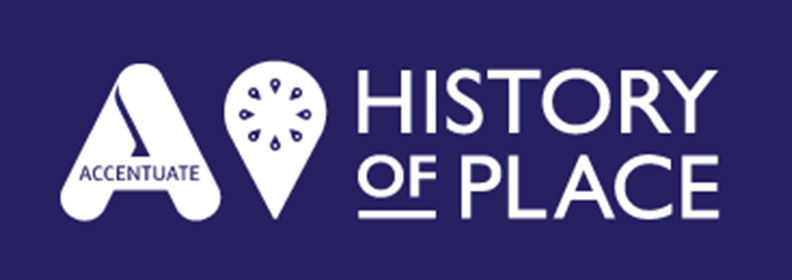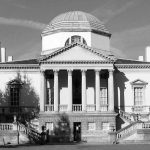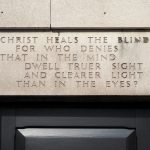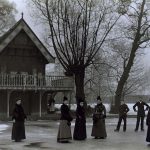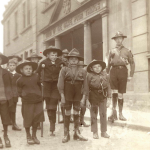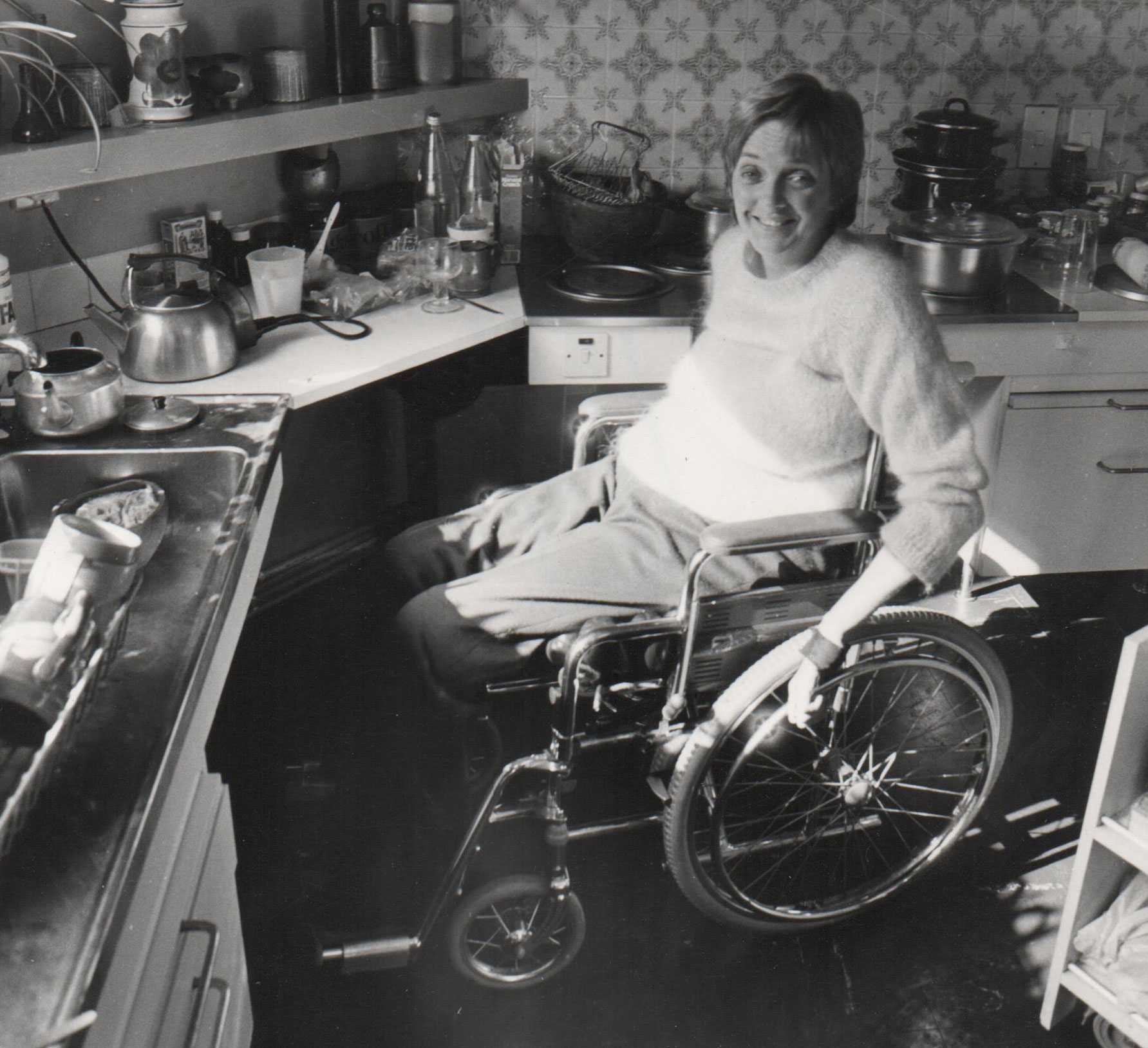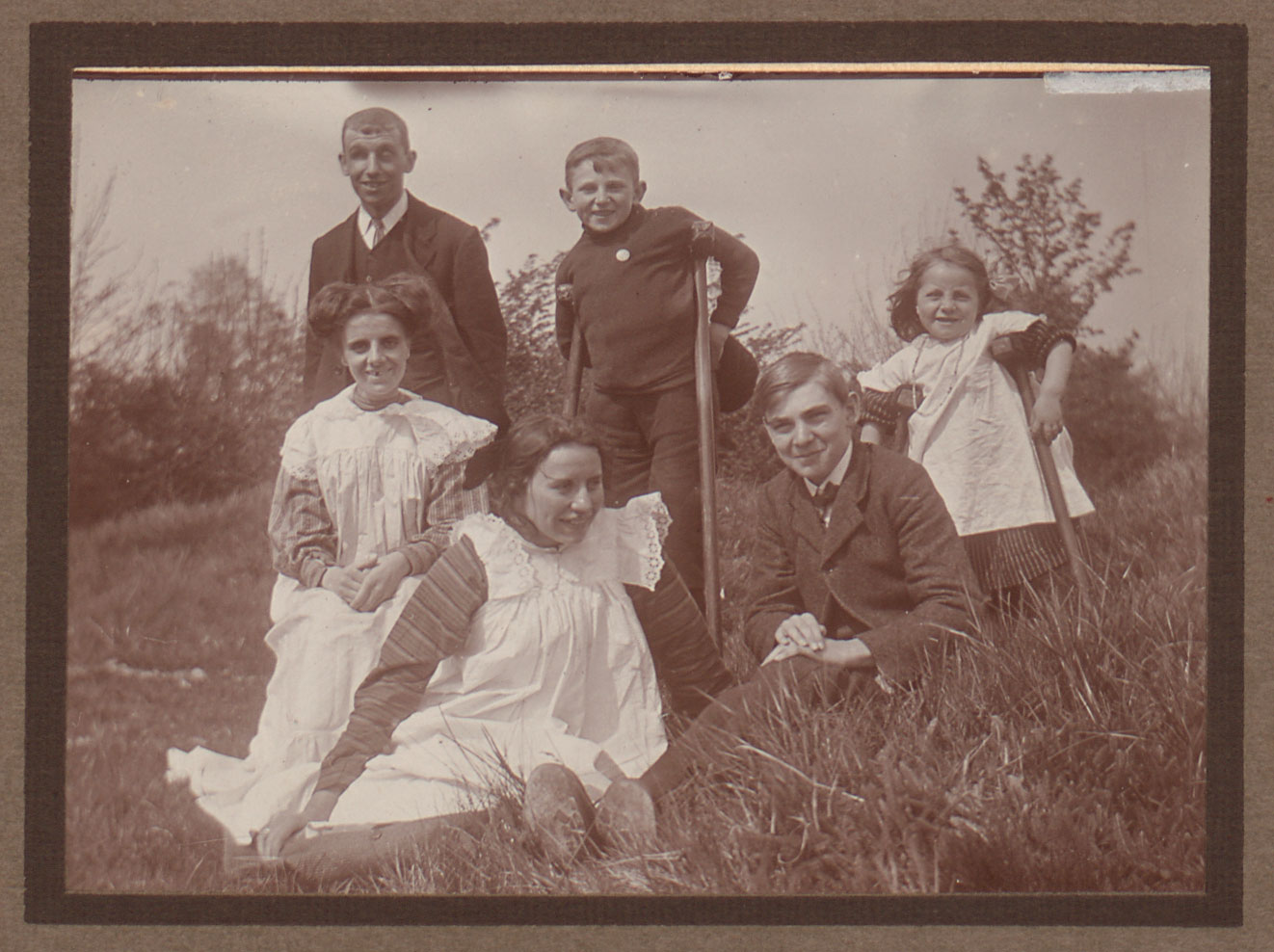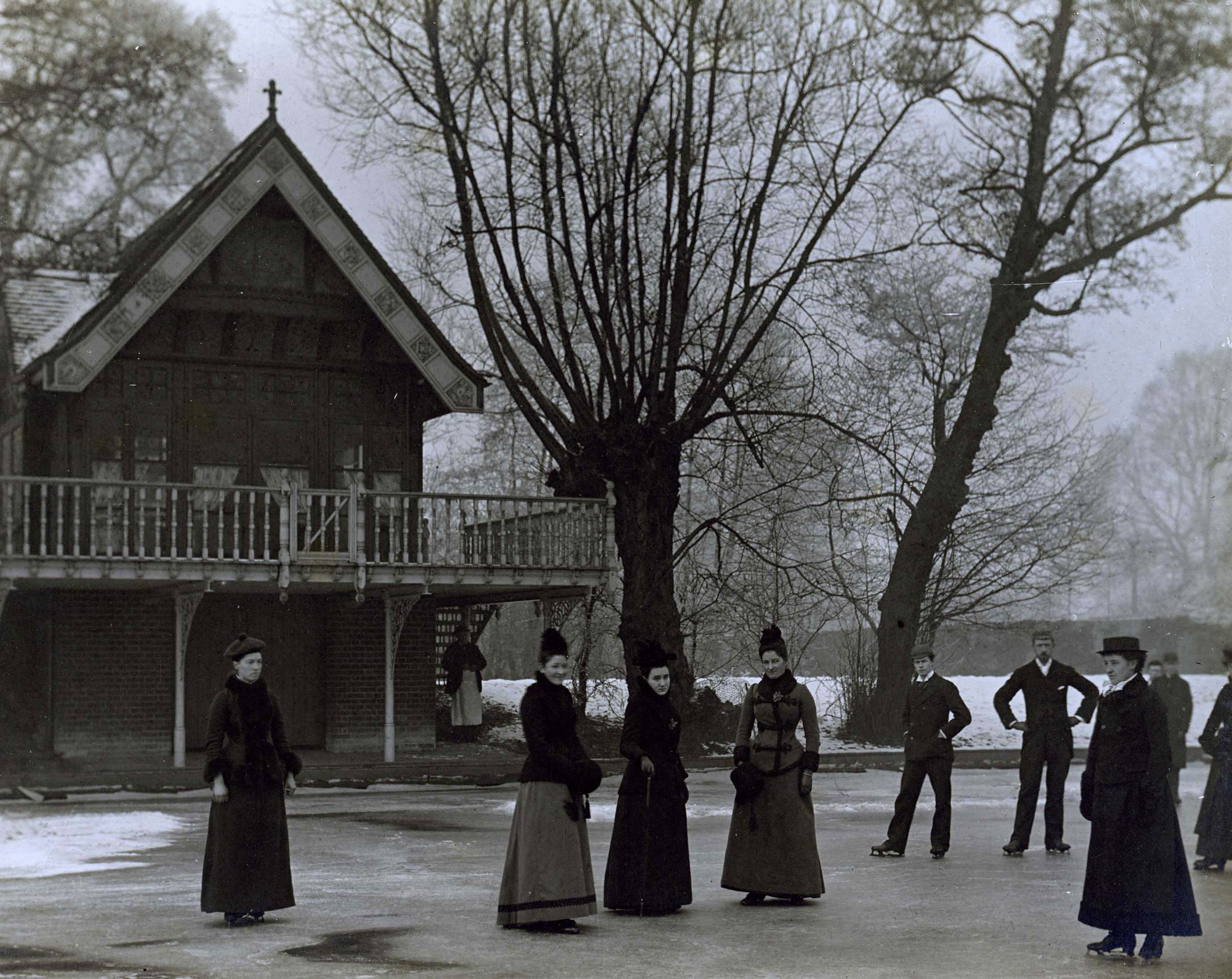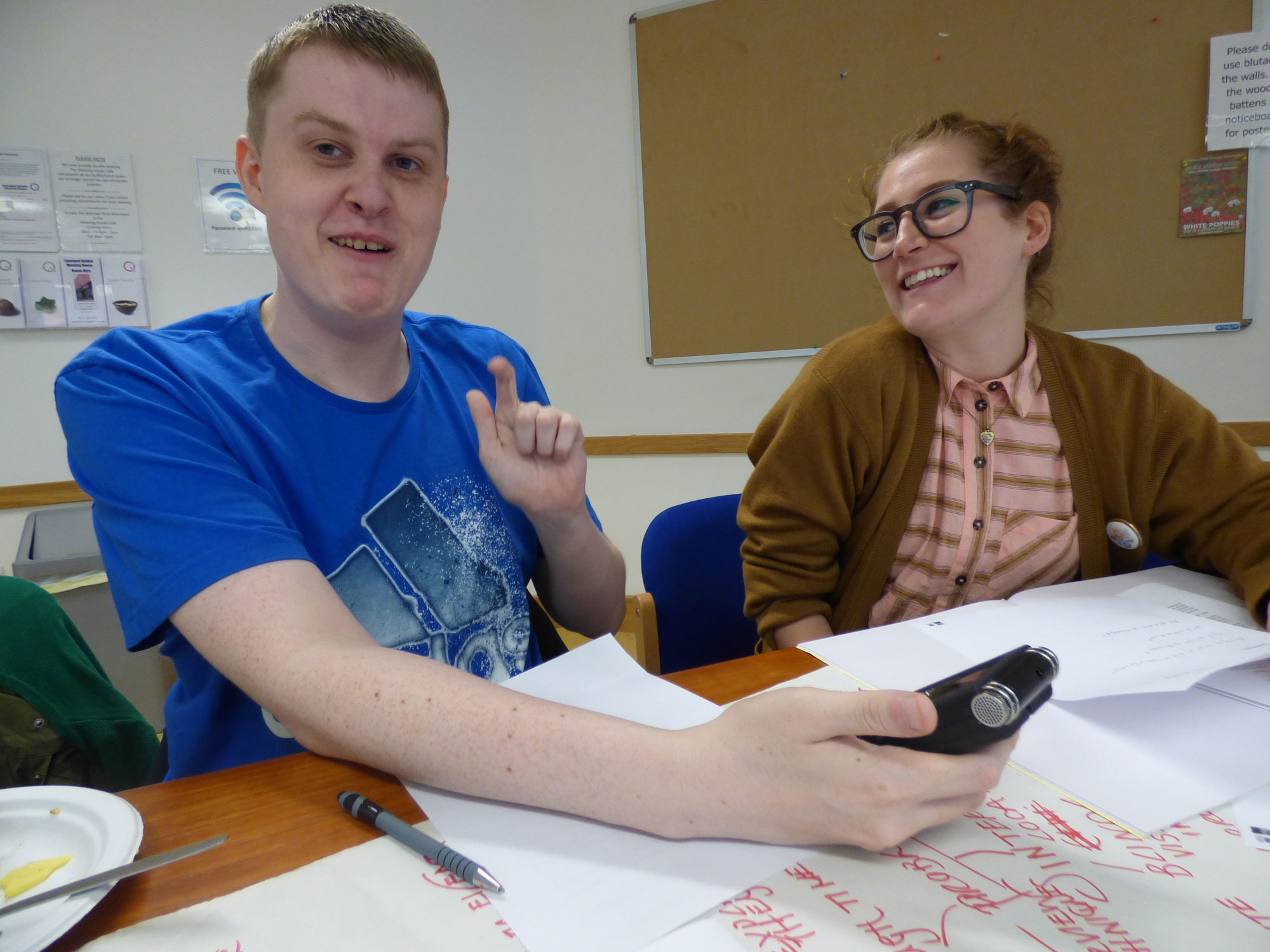It’s estimated that today there are around one billion disabled people in the world
But it’s still unusual to find stories of deaf and disabled people in the UK’s museums and stately homes.
The History of Place project visits eight locations across the country, over eight hundred years to rediscover the lives, pictures and stories of some of these people.
Our journey begins in 1234 at a monastery in Faversham known as Maison Dieu (‘House of God’), where disabled people worked as monks and nuns or lived as patients.
It ends in 1970s Nottinghamshire, where Ken and Maggie Davis designed and built their own housing, so they did not have to live in an institution.
Ken and Maggie were told time and time again by ‘the professionals’ that they couldn’t do it and it wouldn’t work. It was a hard won battle to prove them wrong.
On the journey we uncover surprising people, including the blind 18th century anti-slavery campaigner Edward Rushton, who created the first School for Blind people in Liverpool….
To a group of disabled people who were part of a Guild – including this pack of Scouts, people experiencing the now-forgotten disease of Sleepy Sickness, and soldiers wounded in the First World War.
Here are the grounds at Normansfield in London where John Langdon Down was the first person to develop a place for people with Down’s Syndrome to live. These buildings are now home to the Langdon Down Museum of Learning Disability.
Dr Langdon Down believed art, music and good food were really important for people with learning disabilities who lived with him at Normansfield. He aimed that residents ‘should be surrounded by… both of art and nature… to make life joyous.’
Our team of volunteers is worked in archives across the country to rediscover these histories. We used the material to hold three major exhibitions in museums in 2017 and 2018.
The 14th century manuscript on vellum was slightly more magical than the dull late 20th century thank-you letters and anniversary cards! Although we have no idea of its relevance as it was pure, incomprehensible Latin.
Maxine Clarke, volunteer researcher at Canterbury Archive
The project has now ended but you can enjoy the digital games, BSL resources and audio on our multimedia page or stay in touch with the wider Accentuate project, which offers opportunities for deaf and disabled people to participate in the cultural sector.
